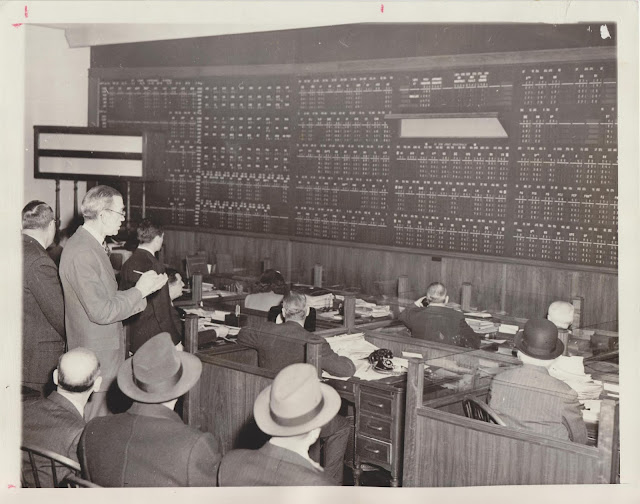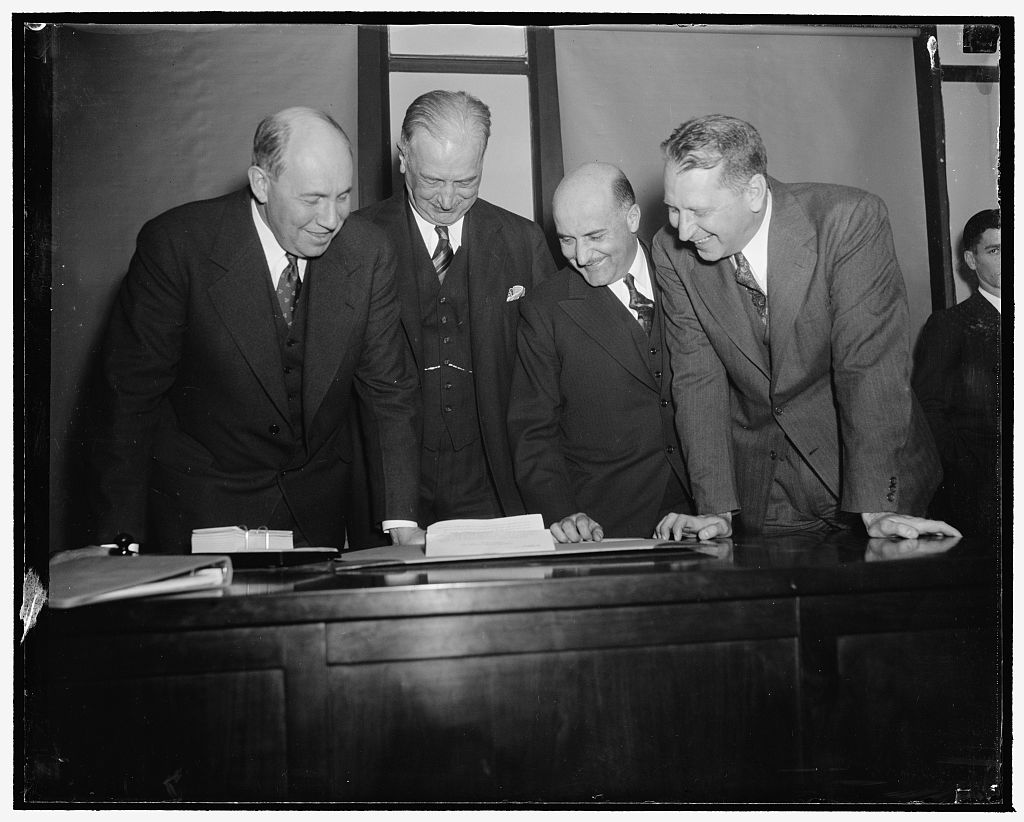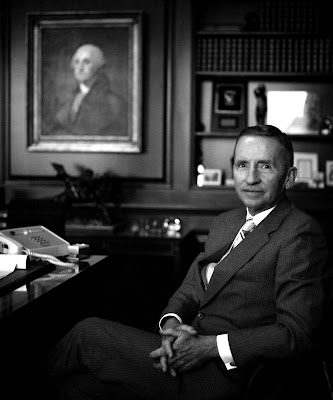Francis I. duPont & Co. Genealogy: Part XVII

Walston & Co., Inc., Continued Death of the Founder (1964) Walston & Co., Inc. suffered a terrible blow on May 5, 1964, when its founder, Vernon Walston, committed suicide at his office at 72 Wall Street. On his way to work that morning, he had told his chauffeur, Gustav Puigdollers, that he was going to kill himself. When they got to the office, Puigdollers went to call Walston's wife. Walston was a big-game hunter and his office was full of trophies from his hunting trips and a double barreled shotgun. Walston went into his office, took the shotgun and shot himself through the mouth. No note was left, but his associated noted that Walston has been looking "despondent" and speaking "incoherently." According to The New York Times , the day before Walston killed himself, he had a telephone interview with a Times reporter where, "speaking in an agitated voice, he expressed great dissatisfaction with the amount of stock the Walston firm was...





